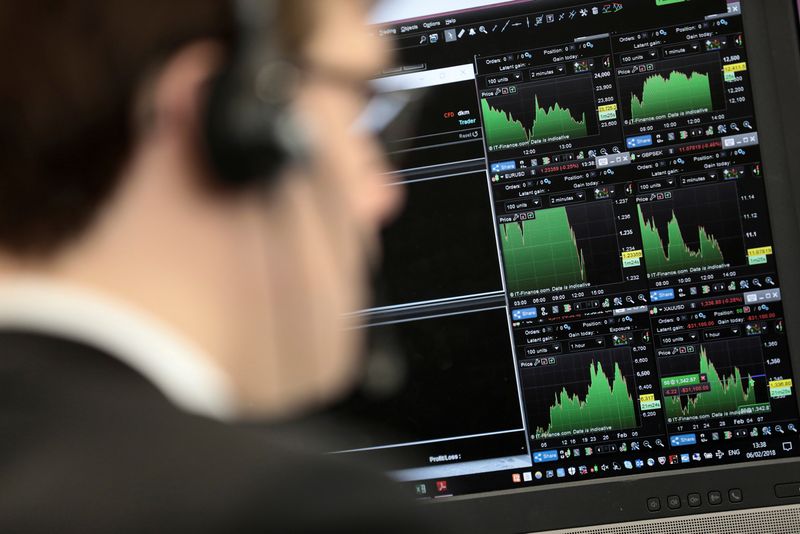Oklo stock tumbles as Financial Times scrutinizes valuation
Investing.com -- Investor appetite for growth surged last week, pushing bullish positioning in the Nasdaq to its highest level in three years, according to Citigroup (NYSE:C).
A combination of fresh risk inflows and short covering drove the gains, reversing the prior week’s signs of momentum fatigue.
Citi strategists, led by Chris Montagu, noted that Nasdaq positioning has now surpassed the previous high set in December and is “currently one-sided.”
Profits on long positions are also extended, with average gains reaching 4.4%, with profit-taking risks now “increasingly elevated.”
Positioning in the S&P 500 also continued to trend higher but in a more tempered fashion. Strategists said the S&P positioning score rose to 3.1, compared to Nasdaq’s full-score reading of 5.0.
Meanwhile, interest in small caps waned, with investors rotating out of the Russell 2000 amid a mix of new shorts and long covers.
“This marginal derisking/profit taking isn’t a big surprise,” the team wrote, pointing to small-cap outperformance and macro overhangs ahead of earnings season.
The rotation to growth was also reflected in Citi’s style factor monitors, which showed a strong performance for growth and price momentum factors last week.
“This echoes our U.S. Equity Strategy team, that see this reporting season being crucial for continued small cap outperformance,” they added.
Outside the U.S., positioning across European indices remained mostly flat. Investors stayed neutral on the DAX and FTSE, and mildly bullish on the Euro Stoxx and European banks.
Gross positioning levels were subdued, suggesting limited near-term profit and loss (P&L) risk from current exposures.
In Asia, positioning on the China A50 and KOSPI indices remained elevated, though profit taking was evident.
For China A50, bullish levels have eased and legacy shorts are sitting at a loss, Citi notes.
Meanwhile, KOSPI positioning remains “deeply extended,” with Montagu warning that the “asymmetric positioning setup could lead to an accelerated downside performance” if unexpected negative catalysts emerge.
